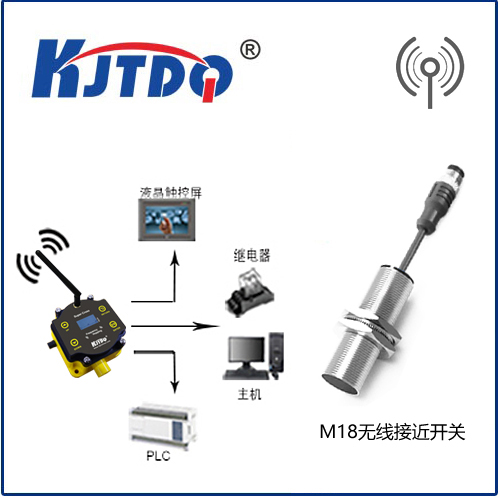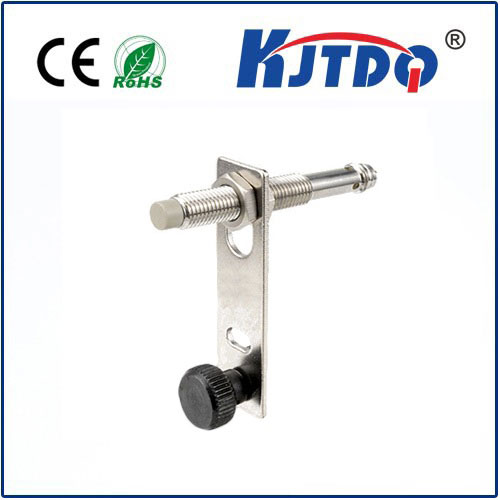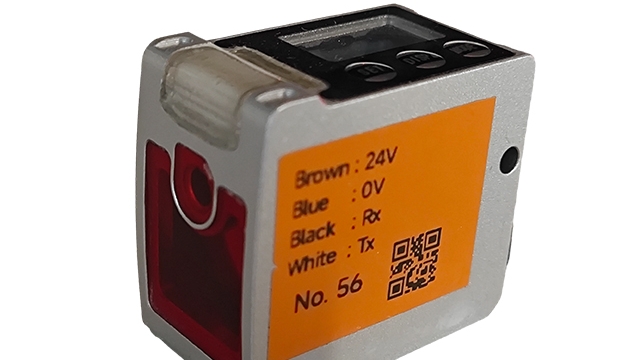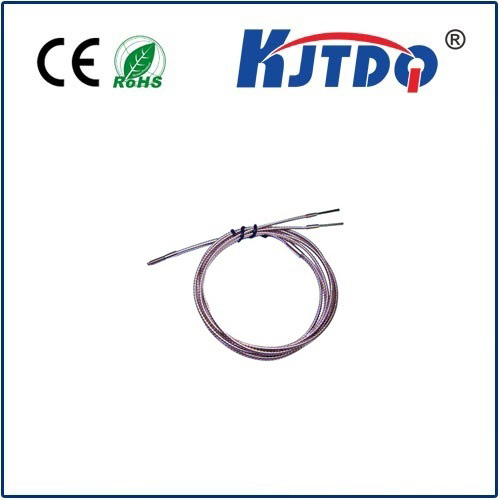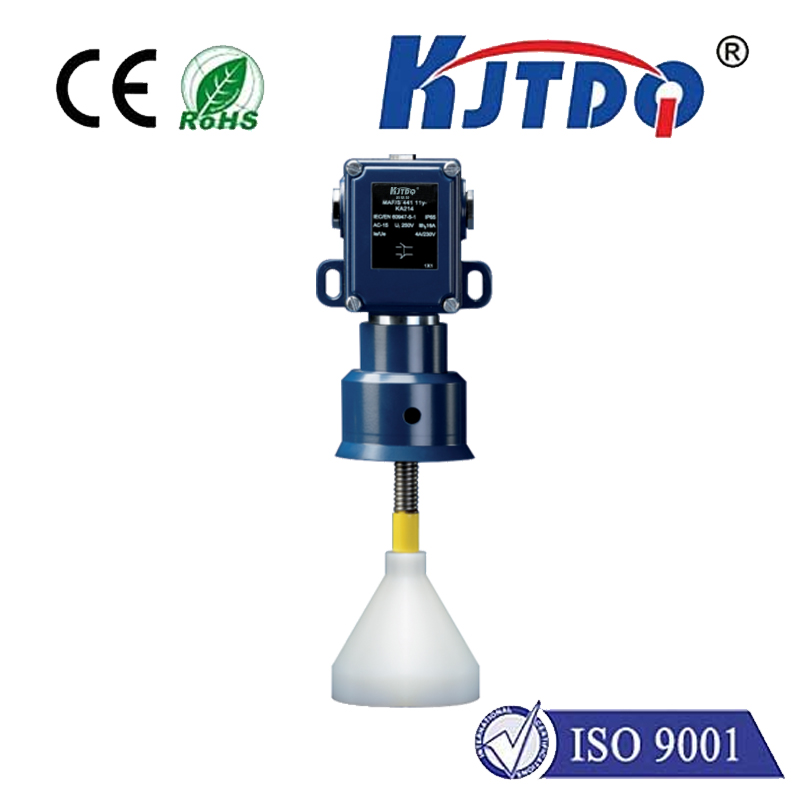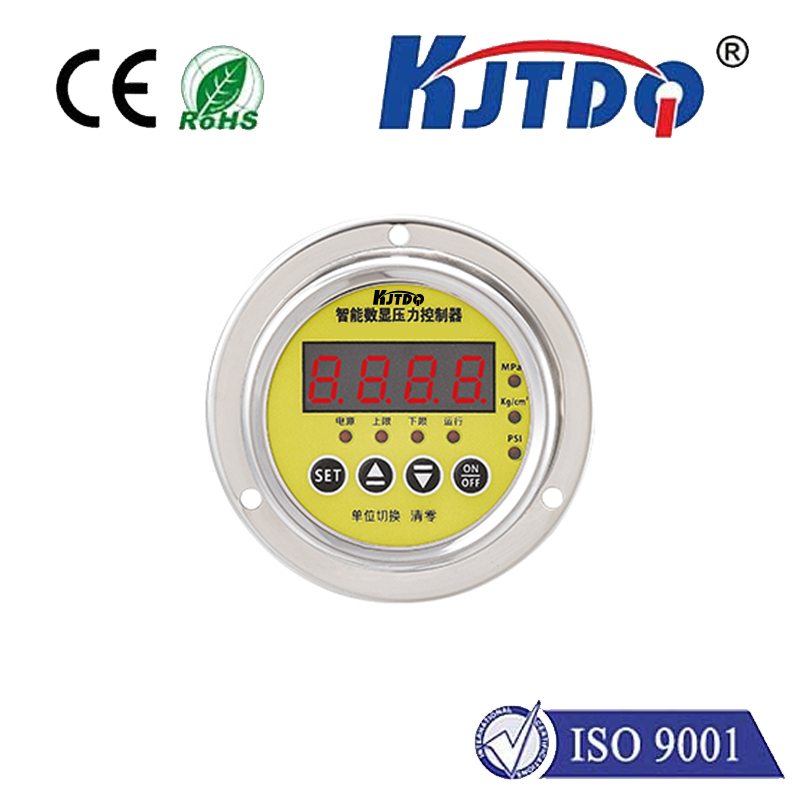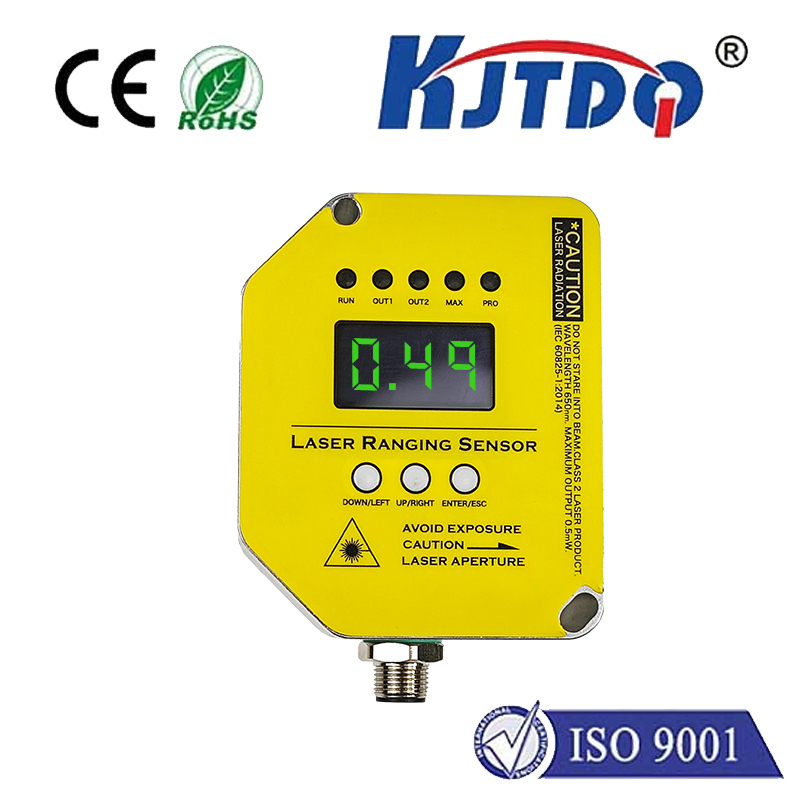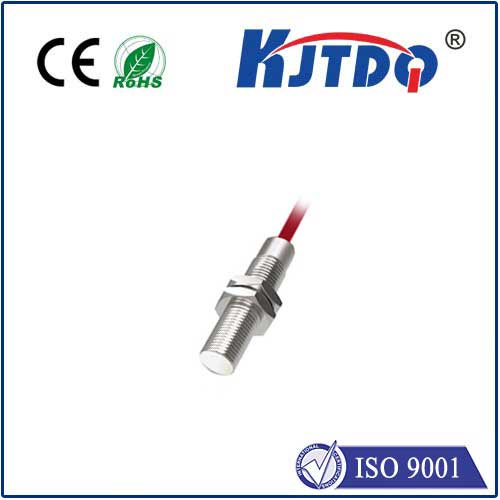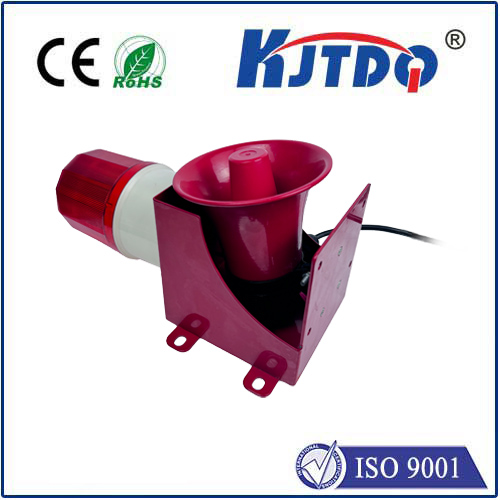
check

check

check

check
Title: Understanding the Role of Rotary Cam Limit Switches in Mechanical Systems
Introduction to Rotary Cam Limit Switches
Rotary cam limit switches are essential components in numerous mechanical systems, providing an accurate and reliable means of detecting movement or position changes. These switches employ a cam mechanism that allows them to pivot when the switch contacts become engaged or disengaged, signaling to the system when a specific limit has been reached. Rotary cam limit switches find applications in various industries, including automotive, aerospace, manufacturing, and robotics.
The Structure and Functioning of Rotary Cam Limit Switches
Rotary cam limit switches consist of several key components: the cam mechanism, the switch actuator, and the switch housing. The cam mechanism consists of a circular disc with teeth that rotate in response to the application of force. Theswitch actuator is a lever that moves the switch disc into contact with theSwitch housingwhen triggered by a change in position or motion. When the disc engages the housing, it creates a magnetic or electrical signal that can be read by the system.
The operating principle of rotary cam limit switches is based on the concept of interlocking. As the system reaches its desired position or limit, the switch disc is brought into contact with the housing, creating a closed circuit. This prevents further movement in the direction opposite to the desired action, ensuring safety and efficiency in the mechanical system.
Applications of Rotary Cam Limit Switches
Rotary cam limit switches have numerous practical applications in diverse fields. One significant area of use is in industrial automation, where they are used to control machinery and equipment in factories and production lines. For example, rotary cam limit switches can be used to detect the end of a conveyor belt, preventing over-load or damage to the system. They can also be employed in robotics to provide precise positioning and motion control for autonomous machines.
In automotive industry, rotary cam limit switches are essential components in various systems, such as steering, braking, and transmission. They help ensure safe and efficient operation of vehicles by providing real-time feedback on the position and movement of components within the system. Additionally, rotary cam limit switches are commonly used in aerospace applications to monitor the position and orientation of satellites and other space vehicles.
Advantages and Disadvantages of Rotary Cam Limit Switches
One significant advantage of rotary cam limit switches is their ability to provide precise and reliable detection of position changes. They offer high sensitivity and fast response times, making them ideal for controlling highly complex systems with multiple moving parts. Another advantage is their compact size and low cost compared to other types of switches.
However, rotary cam limit switches also have some limitations. They may require periodic maintenance due to the delicate cam mechanism and teeth alignment. Additionally, they may be vulnerable to environmental factors such as temperature fluctuations and dust accumulation, which can impact their performance over time.
Conclusion: Enhancing Efficiency and Safety with Rotary Cam Limit Switches
Rotary cam limit switches play a critical role in ensuring safety and efficiency in various mechanical systems. Their precise detection of position changes, combined with their compact design and low cost, make them an excellent choice for many applications. As technology continues to advance, it is likely that rotary cam limit switches will continue to evolve and improve, providing even better performance for industrial automation, automotive industry, aerospace, and robotics sectors.
